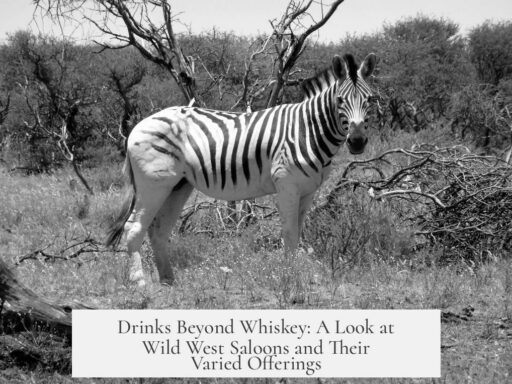Maui Wowie and Acapulco Gold gained fame in the 1960s and 70s due to their status as landrace strains, ease of smuggling through lax border security, dominance of Colombian and Mexican cannabis in U.S. markets, and widespread references in popular culture.
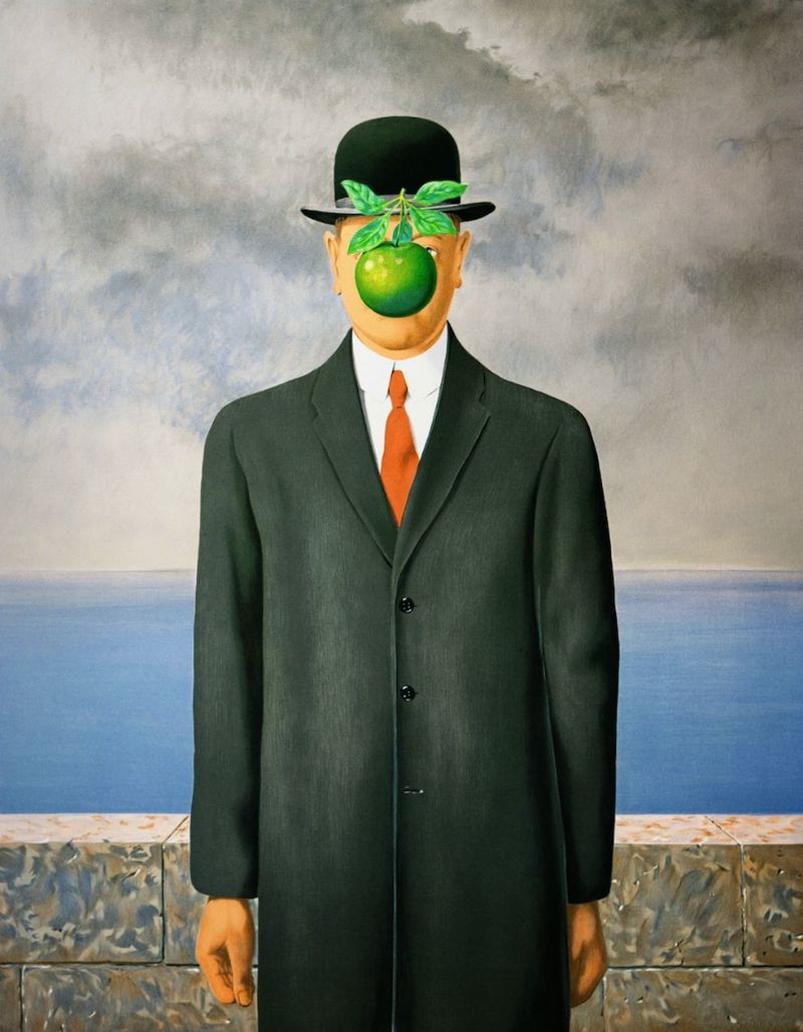
Landrace strains like Maui Wowie and Acapulco Gold naturally thrive in their native regions without human cultivation. Maui Wowie originates from Hawaii, and Acapulco Gold from the Acapulco region in Mexico. Their natural growth and unique characteristics made them highly desirable. Many consumers valued the “natural” appeal and distinct effects attributed to these strains.
During the 1960s and early 1970s, border security between the U.S., the Caribbean, and Latin America was minimal. Smugglers easily transported large quantities of cannabis by boat, especially from Florida to Caribbean and Latin American ports. This allowed strains like Maui Wowie and Acapulco Gold to flood U.S. markets cheaply and reliably.

The majority of cannabis consumed in the U.S. during this era came from Colombia and Mexico. Colombian and Mexican cannabis growers used various smuggling methods, including hiding cannabis among coffee shipments and other goods. Notably, criminal networks and figures such as Rafael Caro-Quintero helped mass-produce sensimillia, or seedless cannabis, raising quality and supply. American smugglers like Richard Stratton also contributed significantly to supply chains.
Beyond availability, popular culture amplified these strains’ reputations. Media outlets like High Times magazine, along with iconic figures such as Cheech and Chong, frequently referenced Maui Wowie and Acapulco Gold. This embedded them in the cannabis culture of the time and boosted their fame further.
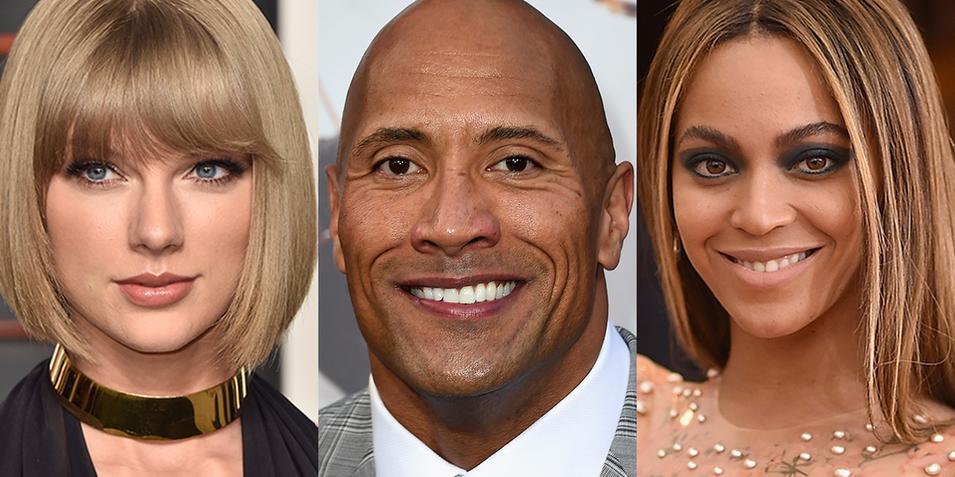
| Factor | Impact on Fame |
|---|---|
| Landrace Status | Enhanced desirability for their natural origins and unique effects |
| Border Security | Enabled high-volume smuggling and widespread availability |
| Colombian & Mexican Production | Supplied majority of U.S. cannabis market with high-quality product |
| Popular Culture | Public references increased recognition and demand |
- Maui Wowie and Acapulco Gold are classic landrace strains valued for their natural growth.
- Low border security enabled easy transport and wide distribution in the U.S.
- Colombia and Mexico dominated cannabis supply before rigorous drug enforcement.
- Pop culture amplified recognition, associating these strains with 60s-70s cannabis culture.
How Did Certain Strains of Cannabis Like “Maui Wowie” and “Acapulco Gold” Get So Famous in the 60s and 70s?
It’s a fascinating story how strains like Maui Wowie and Acapulco Gold became household names in the 60s and 70s cannabis scene. Their rise to fame wasn’t just luck. It involved geography, culture, smuggling routes, and some legendary characters. By unpacking these elements, we see how these strains went from local landraces to icons of cannabis culture.
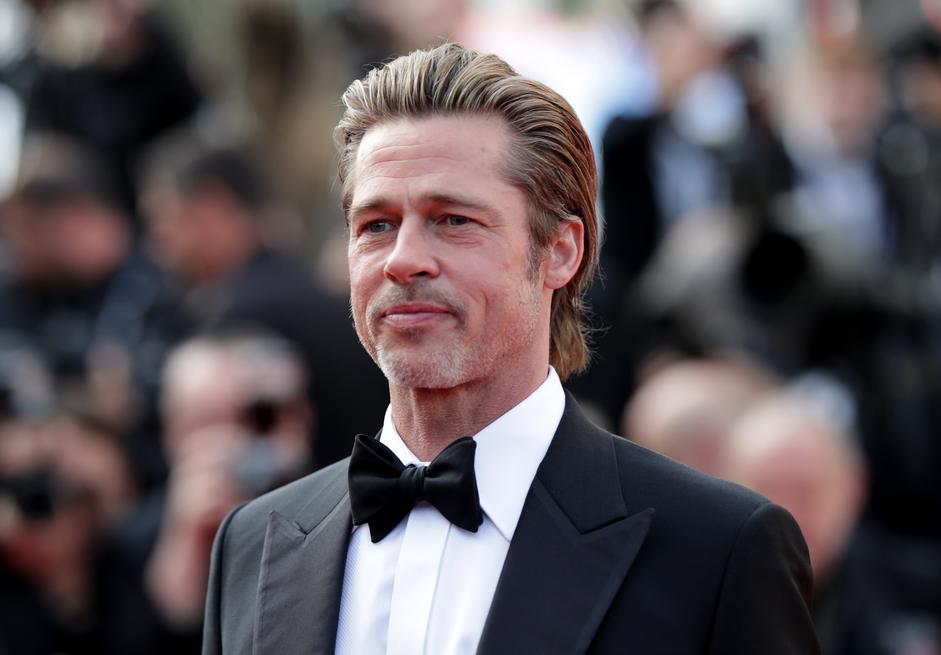
Let’s dive in.
What Are Landrace Strains, Anyway?
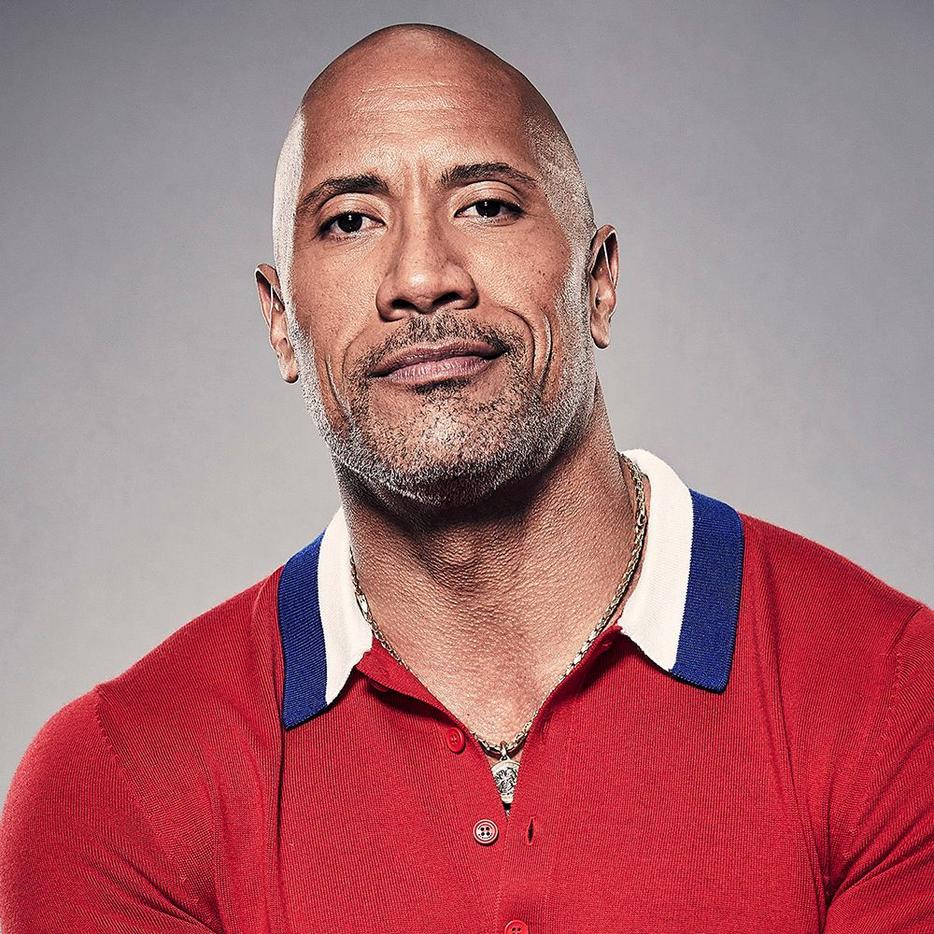
First things first—what sets these strains apart? Both Maui Wowie and Acapulco Gold are classic landrace strains. That means they grew naturally in their respective regions without much human intervention. Imagine a weed growing wild—these strains just did their cannabis thing in Hawaii and Mexico, thriving in their environment.
Landrace strains often carry the *region’s* name, which helps smokers and growers identify where they come from. This connection to their origin is why many cannabis enthusiasts favor landraces; they’re viewed as the “original” cannabis breeds, cultivated by nature and time instead of breeders.
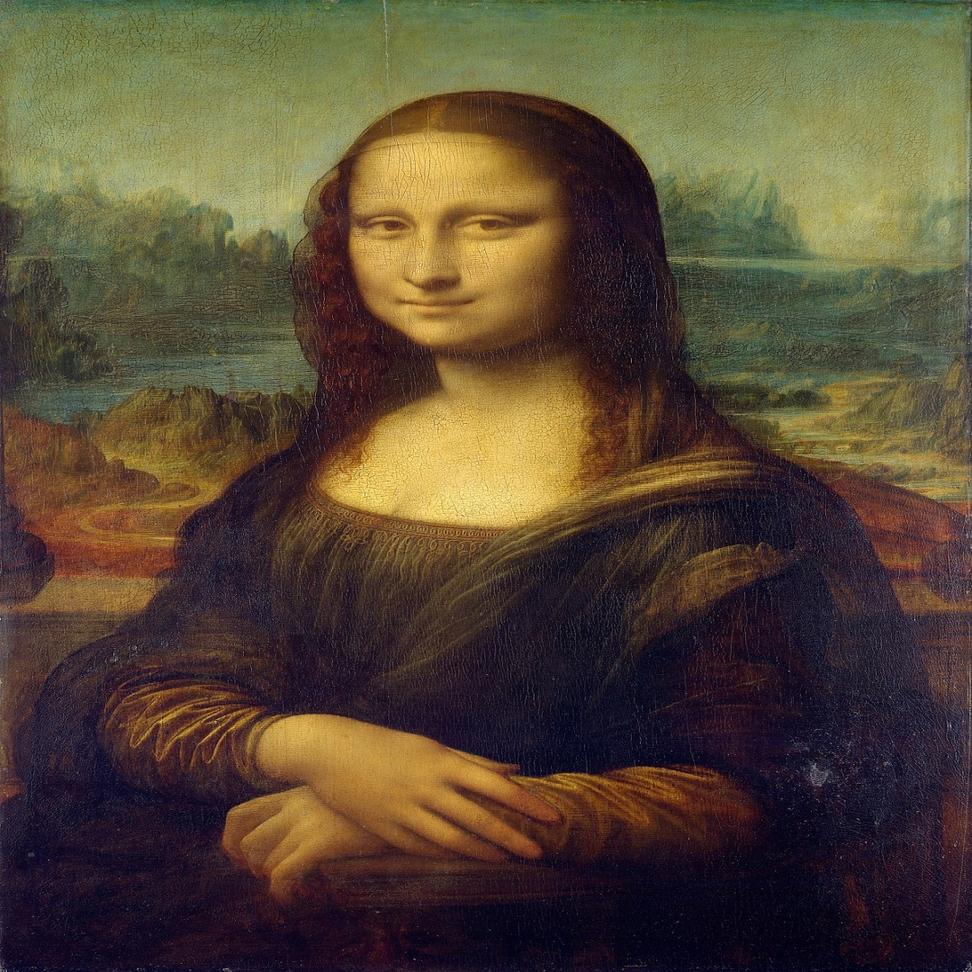
Why Were These Natural Strains So Desirable?
They earned renown because of their natural cultivation. Many users sought a “purity” or authenticity they believed came from strains that grew without human tweaking. The idea was: if it comes from the land itself, it must be better. Whether that’s entirely true or not, the mystique certainly helped.

Plus, these natural vibes made them stand out against more hybrid, lab-created strains that began appearing later on. The 60s and 70s were eras of rebellion and back-to-nature attitudes, so “pure” strains fit right in.
How Did These Strains Get Around So Much?
Here’s where geography, sociology, and a bit of daring come into play.
In the 60s and 70s, border security was surprisingly lax compared to today’s standards. Smugglers took advantage of this. Imagine a boat docking in Florida after a friendly trip to the Caribbean or the Gulf of Mexico, loaded with natural cannabis from the tropics. It was surprisingly easy.
Florida’s ports became gateways. Smugglers loaded up with huge amounts of naturally grown cannabis, including Maui Wowie from Hawaii and Acapulco Gold from Mexico. These strains made their way to North America’s growing cannabis markets with little interference.
The Role of Colombian and Mexican Cannabis Cultivation
Colombia and Mexico were the main powerhouses of cannabis cultivation during this time. The bulk — more than two-thirds — of the cannabis consumed in the US originated from these countries before the Nixon administration declared the War on Drugs in 1973.
How did they export all that weed? Creative methods. Smugglers often hid cannabis in coffee shipments or other contraband. It was a delicate art—that said, smuggling was a booming business, with American smugglers like Richard Stratton (yes, the High Times co-founder) pioneering many routes. His memoir, Smuggler’s Blues, reveals firsthand accounts of these escapades.
A Little Infamous Help: Rafael Caro-Quintero and Sensimillia
You can’t talk about that era without mentioning Rafael Caro-Quintero. This legendary narcotrafficker, linked with Pablo Escobar’s cartel and the Guadalajara cartel, revolutionized cannabis cultivation by mass-producing sensimillia. For newcomers, sensimillia is seedless cannabis flower packed with potent cannabinoids. It’s potent and much more desirable.
This innovation was a game-changer. Instead of loose, seedy buds, a cleaner, more potent product came to market, pushing strains like Acapulco Gold into higher demand.
Popular Culture Cemented Their Fame
So despite all these logistical factors, why did these strains “stick” in the broader culture? Media and pop references played a huge role.
Hippies, musicians, and comedians gave these strains cultural swagger. Maui Wowie got shoutouts in relaxed surfer culture, while Acapulco Gold glowed in movies and magazines like High Times. Comedic duos like Cheech and Chong mentioned these strains frequently, turning names into symbols of the cannabis experience.
Branding before branding was even a thing.
What Can Today’s Cannabis Consumer Learn From This?
If you want a taste of history, seek out the modern versions of these landrace strains or well-crafted hybrids that honor their genetics. They represent original cannabis experiences—untouched by aggressive breeding for ultra-high THC at the expense of flavor or balance.
Plus, understanding the roots shows how geopolitics, culture, and economics intertwined to shape not just a cannabis market, but an entire movement.
“These strains remind us that cannabis culture is more than just a plant; it’s a story of place, people, and persistence.”
Final Thoughts
The fame of Maui Wowie and Acapulco Gold didn’t come from thin air. It grew from wild strains nurtured by nature, delivered through daring smuggling under lax border controls, and elevated by the mass appeal of pop culture. Their stories remind us cannabis history is rich, complex, and often surprising.
So next time someone talks about Acapulco Gold or Maui Wowie, remember it’s not just about the weed. It’s about a unique chapter in culture, travel, and adventure—rooted in the 60s and 70s, with seeds still growing today.


